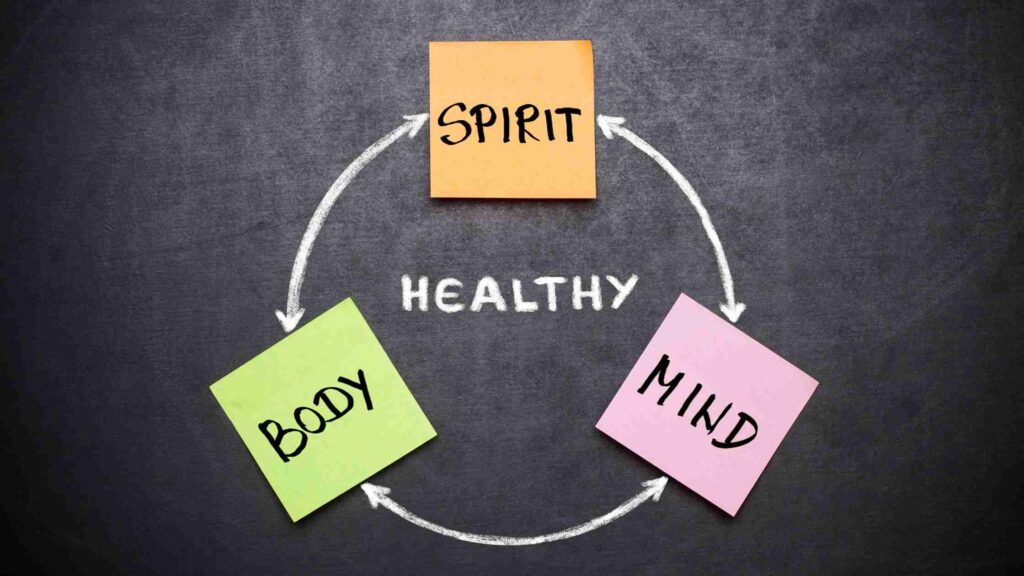Introduction: Mind-Body Dualism
Mind-body dualism is a concept that has intrigued philosophers, scientists, and thinkers for centuries. It refers to the belief that the mind and body are two separate entities with distinct natures. While the body is material and tangible, the mind is seen as intangible and immaterial, responsible for our consciousness and subjective experiences.
In this article, we will delve deeper into the fascinating world of mind-body dualism, exploring its historical origins, implications, and contemporary perspectives. We will also examine the relationship between consciousness and the mind-body problem, shedding light on how this dichotomy affects our understanding of self and reality.

Historical Origins of Mind-Body Dualism
The concept of mind-body dualism can be traced back to ancient Greek philosophy. Renowned philosopher Descartes further expounded upon this theory during the 17th century, asserting that the mind and body are distinct substances. Descartes proposed that the mind possesses consciousness and self-awareness, while the body operates purely on mechanistic principles.
Implications for Human Consciousness
1. The Problem of Interactionism
One of the fundamental challenges associated with mind-body dualism is the problem of interactionism. If the mind and body are separate entities, how do they interact, given their differing natures? This question remains a subject of intense debate among philosophers and scientists.
2. Consciousness and Free Will
Mind-body dualism also raises questions about the relationship between consciousness and free will. If the mind is independent of the body, does it have the capacity to make autonomous decisions? This has significant implications for our understanding of personal agency and moral responsibility.

Contemporary Perspectives on Mind-Body Dualism
Over the years, scientific advancements and philosophical debates have prompted alternative perspectives on mind-body dualism. Here are a few contemporary perspectives worth exploring:
1. Monism and Materialism
Monism argues against the dualistic view, suggesting that the mind and body are ultimately reducible to the same substance. Materialism, a subset of monism, asserts that mental phenomena are simply the result of physical processes in the brain. This perspective challenges the traditional mind-body dichotomy.
2. Dual-Aspect Monism
Dual-aspect monism provides a middle ground by positing that the mind and body are two aspects of a single underlying substance. It suggests that consciousness and physical reality are intertwined, with each influencing the other. This perspective attempts to bridge the gap between mind and body.
3. Emergentism
Emergentism proposes that consciousness arises from complex interactions and emergent properties, rather than being a separate entity. It suggests that consciousness is an outcome of physical processes in the brain, which exhibit novel properties at higher levels of organization.
Understanding Consciousness: Real-World Examples
To better understand the complex relationship between the mind, body, and consciousness, let’s explore a few real-world examples:
1. Phantom Limb Syndrome
Phantom limb syndrome occurs when an individual experiences sensations or pain in a missing limb. This phenomenon highlights the role of the mind in generating sensory experiences and the perception of the body.
2. Placebo Effect
The placebo effect demonstrates the powerful influence of the mind on the body. When individuals believe they are receiving a treatment, they may experience positive effects even when the treatment itself lacks active ingredients.
3. Near-Death Experiences
Near-death experiences often involve profound subjective experiences, such as out-of-body experiences and feelings of profound peace, despite a lack of brain activity. These experiences challenge traditional notions of consciousness and raise profound questions about the mind-body relationship.
Practical Implications: Bridging the Gap
While the mind-body dualism debate remains unresolved, there are practical implications for bridging the gap between the mind and body. By integrating various disciplines and perspectives, such as neuroscience, psychology, and philosophy, we can deepen our understanding of consciousness and its relation to the body.
1. Mindfulness Practices
Mindfulness practices, including meditation and yoga, offer insights into the mind-body connection. By focusing on the present moment and cultivating awareness, individuals can foster a greater sense of integration and unity between their mental and physical states.
2. Holistic Approaches to Healthcare
Holistic approaches to healthcare recognize the interconnectedness of the mind and body. These approaches often combine conventional medicine with complementary practices, acknowledging the role of mental and emotional well-being in overall health and healing.
3. Integrative Research
Promoting interdisciplinary research and collaboration can help bridge the gap between mind and body. By synthesizing knowledge from multiple fields, researchers can gain a more holistic understanding of consciousness and develop comprehensive models that encompass both subjective and objective dimensions.

Conclusion
Mind-body dualism continues to be a captivating and complex subject that confronts our understanding of consciousness and self. While the debate between dualism and monism persists, exploring contemporary perspectives can enrich our understanding of the mind-body problem. Achieving a deeper integration of the mind and body has practical implications for personal well-being, healthcare, and scientific advancements. By opening up interdisciplinary dialogues, we can continue to unravel the enigma of consciousness, ultimately bringing us closer to a comprehensive understanding of our existence.



